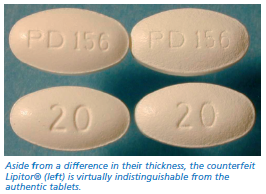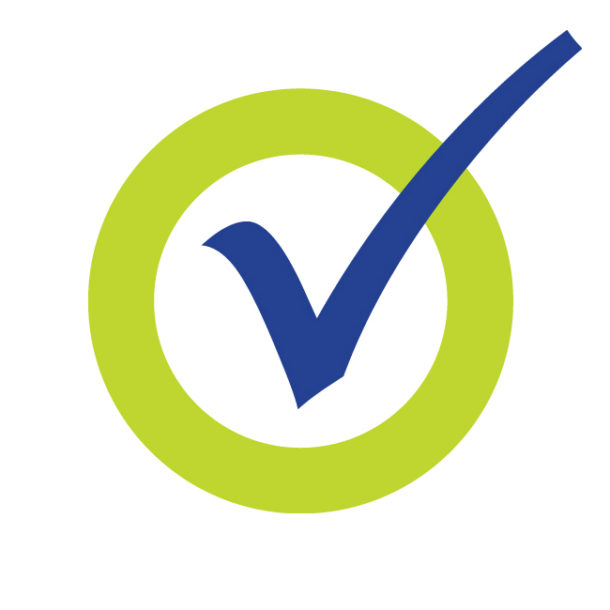A Serious Threat to Supply Integrity?

Is that a safe bet?
Seeing is no longer believing
Comparing contraband to genuine product was easy back then. It required knowledge of packaging methods and labeling. Examine the package closely for defects in printing or processing and one could often spot the imposter. Key tell tales included invalid batch numbers, incorrect production dates, label misspellings, incorrect fonts, or color variations and voilà, anyone with enough knowledge and visual acuity could identify a susceptibility.
Not so much anymore. In a few short years that has changed. Just like the process of natural selection, weed out the poorly executed copies and only the better imitations survive. It appears that piracy as an art form is following a capability maturity model. Over time the pirates are more capable, better educated and more competent at emulating everything important to imitating authenticity.
Printing quality and accuracy improved. Package design did too. Recent counterfeit efforts have moved beyond packaging and are focusing on the product. In the case of pharmaceuticals, for example, the pirates are doing a better job of matching the color, size, odor and taste of the genuine item.
[wowslider id="20"]
It is now very difficult to just pick up a package in a legitimate retail setting, examine it and assess its authenticity. As quality of fakes continue to improve, establishing a methodology to insure integrity becomes increasingly important in the supply chain. Without a Brand Integrity Management program in place it is likely that counterfeit product can, and will, make it past legitimate authorized, members of the distribution channel. Connect with BrandSure for assistance is establishing a comprehensive approach to brand integrity.

Even though the United States is generally believed to be among the safest pharmaceutical supply chain in the world, counterfeit medicines have entered the legitimate supply chain. One of the largest recalls of counterfeit medicines in the United States occurred in 2003. Pfizer launched an investigation after consumers complained Lipitor had a bitter taste. They discovered counterfeit Lipitor manufactured in Costa Rica had made its way in 15 US states. The investigation resulted in the recall of 18 million fake tablets in the legitimate US supply chain. It is likely that more than 600,000 patients had potentially received a 30 day supply of high quality counterfeit product.
According to Pfizer’s website the problem of counterfeit product continues even in countries generally considered “safe,” such as Canada, the United States, and the European Union: “… counterfeit medicines have entered the legitimate supply chain, including counterfeit Lipitor®, Norvasc®, Viagra®, Zithromax®, and Celebrex®. During 2010, authorities from 53 countries seized almost 8.4 million tablets, capsules and vials of counterfeit Pfizer medicines.”
Sanofi Aventis, another large Pharmaceutical manufacturer, is raising awareness of the dangers of counterfeit medicines as well. Starting this December, an in-cabin movie produced by Sanofi will play to Air France passengers. View Sanofi Aventis In-cabin Movie (YouTube)
As a Brand Owner, is your product safe in the legitimate channel?
Piracy is a business. Like any business, it cannot survive without access to customers willing to pay for their goods. Counterfeiters have skills, often underestimated, and significant access to capital, labor and technology, thus making piracy a serious, credible threat. Look at the evidence. Even the most sophisticated and secure products have been and continue to be counterfeit.
In summary, counterfeit product inevitably needs to go where the high paying customers reside, which is in the legitimate supply chain. Whether your brand is a likely target of piracy requires an assessment of markets, technology and supply networks. BrandSure conducts Supply Chain Susceptibility assessments, which will quickly quantify the threat and likelihood of an attack, contact us to learn more.
But you want the quick answer, right? Like investigating any criminal activity, there are three aspects to consider: means, motive, and opportunity. From our experience, never underestimate the means of piracy. And of course, pirates are fantastic at establishing and exploiting opportunity. So that leaves motive.
Should you worry about piracy?
It all comes down to motive.
Can someone profit by compromising your Brand?
The answer to this question will determine the likelihood of piracy. If the answer is Yes, you should be concerned, very concerned!



